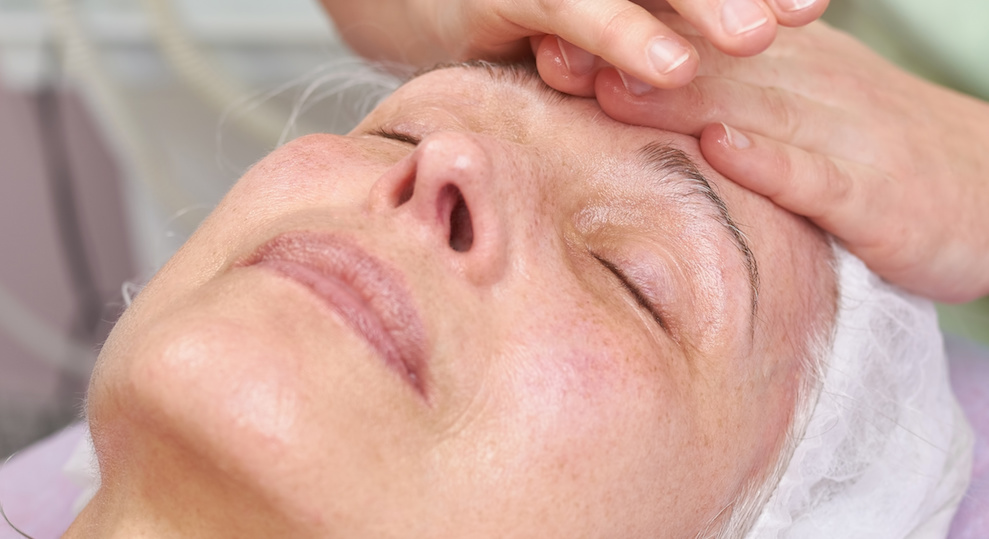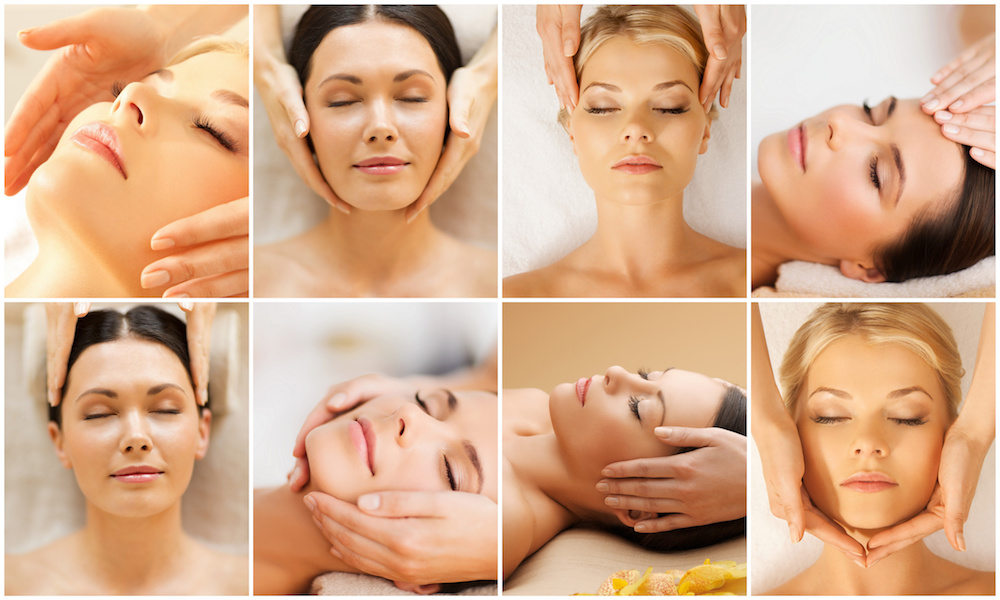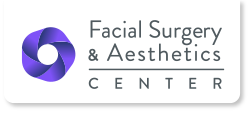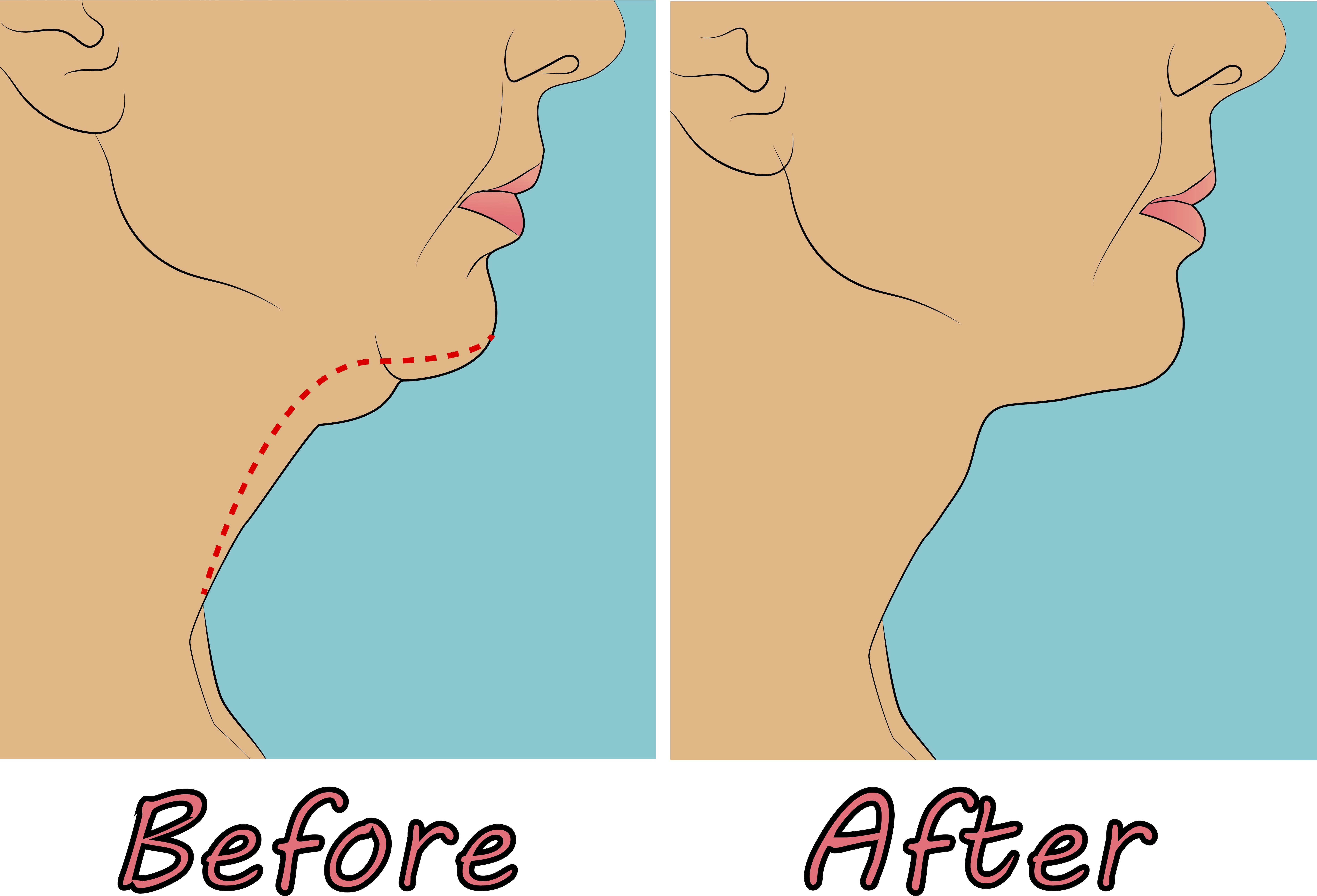
Dr. Menachof, MD, FACS has performed thousands of facial plastic surgery procedures in over 20 years of experience. He has been recognized as a Fellow by multiple academies, named one of America’s Top Facial Plastic Surgeons continually since 2003 and is featured in multiple national publications.
It’s common for patients to experience certain symptoms after a facelift, such as pain, bruising, and swelling. These side effects are a common part of the post-procedure healing process and will subside over time. There are some practices designed to help speed the facelift healing process. A post-operative localized massage can promote a smooth recovery.

Facial Massage after a Facelift
Every individual heals differently after a procedure, so you should follow up with your surgeon to discuss which healing techniques are best for you. Do not participate in a massage after facelift surgery if areas of your face are still scabbed and bruised from the procedure. The wound should be closed and secure before you consider facial massage. While the open wound is healing you can usually lightly apply moisturizer or steroid cream, but it’s important to consult with your surgeon about recommendations specifically for you first!
Massage after a facelift can help to:
- Ease pain. Gentle, upward massage can limit your pain receptors sending signals to the brain. The warmth of the masseuse’s hands can also improve circulation, decreasing the pain in the affected area.
- Decrease swelling. Massage helps fluids move from the facial tissue into lymphatic vessels, reducing facial swelling and stimulating the immune system.
- Soften skin and reduce scarring. When the body heals from an injury, it produces a scar to protect the injured site from future harm. Massaging newly healed scar tissue can reduce further tissue buildup and soften the skin around the scar tissue. *Note: Getting a massage on and around an open wound can cause infection and pain – be sure to get a facial massage only once the wound is closed.
- Expedite the healing process. Post-facelift massage helps to prevent the buildup of toxins in the affected facial area, and helps bring nutrients to the skin and tissue by improving blood circulation. Gentle, upward massage helps nourish the affected area and helps to improve facial flexibility.
The patient should be cleared from his or her surgeon before participating in a facial massage after a facelift. Massage can begin a couple days after surgery, or a month later – it depends on the patient’s specific case.
There are several types of post-operative massages, ranging from lymphatic massage to ultrasound therapy. Consult your surgeon about expert practitioners for these techniques or how to massage your own face after your facelift.
Types of Massage After Facelift
Swedish
This massage is equivalent to light moisturizing or gentle washing. Swedish massage is a light, upward touching of the skin that helps bring back sensation to the affected area. This is the first type of massage to practice once your wound is closed and started to heal. Be sure the masseuse properly sanitizes their hands and the area of the face around the wound. Stitches must be removed before the patient can practice Swedish massage.
Lymphatic
A lymphatic massage after a facelift helps to ease common side effects: swelling, bruising, and discomfort. It is normal for some areas to feel firm and thickened as you heal from the surgery. While aggressive massage can accelerate inflammation and irritation, a gentle fingertip massage or lymphatic massage will not. Lymphatic massage is a gentle, upward massage that increases blood flow, activates the lymph nodes, and triggers lymph drainage. Facelift side effects will not go away immediately after a lymphatic massage, but by improving the patient’s blood circulation these symptoms will cease sooner.
Note: Avoid Deep Tissue Massage. Deep tissue massages can hurt you after a procedure and can hinder your healing process. It is crucial to work with a certified massage therapist who is an expert in lymphatic massage to avoid damage. Consult your surgeon to get suggestions for certified lymphatic massage therapists.
Scar Massage
A scar typically begins developing about three weeks after the surgery. You should schedule an appointment with your surgeon to have your scars evaluated in person before deciding how to treat them. Massage after a facelift is a good way to reduce and soften your scar, but there are topical solutions such as creams and ointments that may help your scars fade as well. Scarring can be even trickier to deal with after a revision facelift. Whether this is your first face lift or not, your surgeon will know what the right choice is for you.
Scar massage can reduce swelling within the tissue layers. You can begin scar massage after the wound has healed, when there is no longer risk of breaking the skin.
How to Reduce Scarring with Facial Massage
Always use lotion or oil as a moisturizer and lubricant, so the massage can be performed without friction. Use your index finger and middle fingers for the scar massage. Using moderate pressure, gently rub along the direction and length of the scar. Do this for five to ten minutes at least three times per day. Wear sunscreen throughout the year to protect the scar from the sun’s damaging rays. If scar massage doesn’t appear to reduce the thickness of the scar, speak with your surgeon about other treatment options.
Ultrasonic Treatments for Thick Scaring
If you have lumps or bumps under the skin, consult with your surgeon right away and get an ultrasound of the scarring. Ultrasonic treatments can help reduce these deep scars or collections of fluid or blood. If your surgeon does not have an ultrasound machine, ask him or her for a referral to a physical therapist – someone who is well trained and understands the post-surgical healing process.
Care Before and After Your Facelift Massage
It is important to drink plenty of fluids both before and after the facelift massage. After the massage, you may feel relaxed and sedentary, but consistent movement will increase blood flow and speed up the healing process (just please do not exert yourself!). Make sure to sleep with your head elevated to avoid too much blood flow to the face. Follow your surgeon’s specific recommendations for exercise and activity.
Consult your surgeon regarding post-facelift massage techniques. Your surgeon will know what healing practices are best for you.





